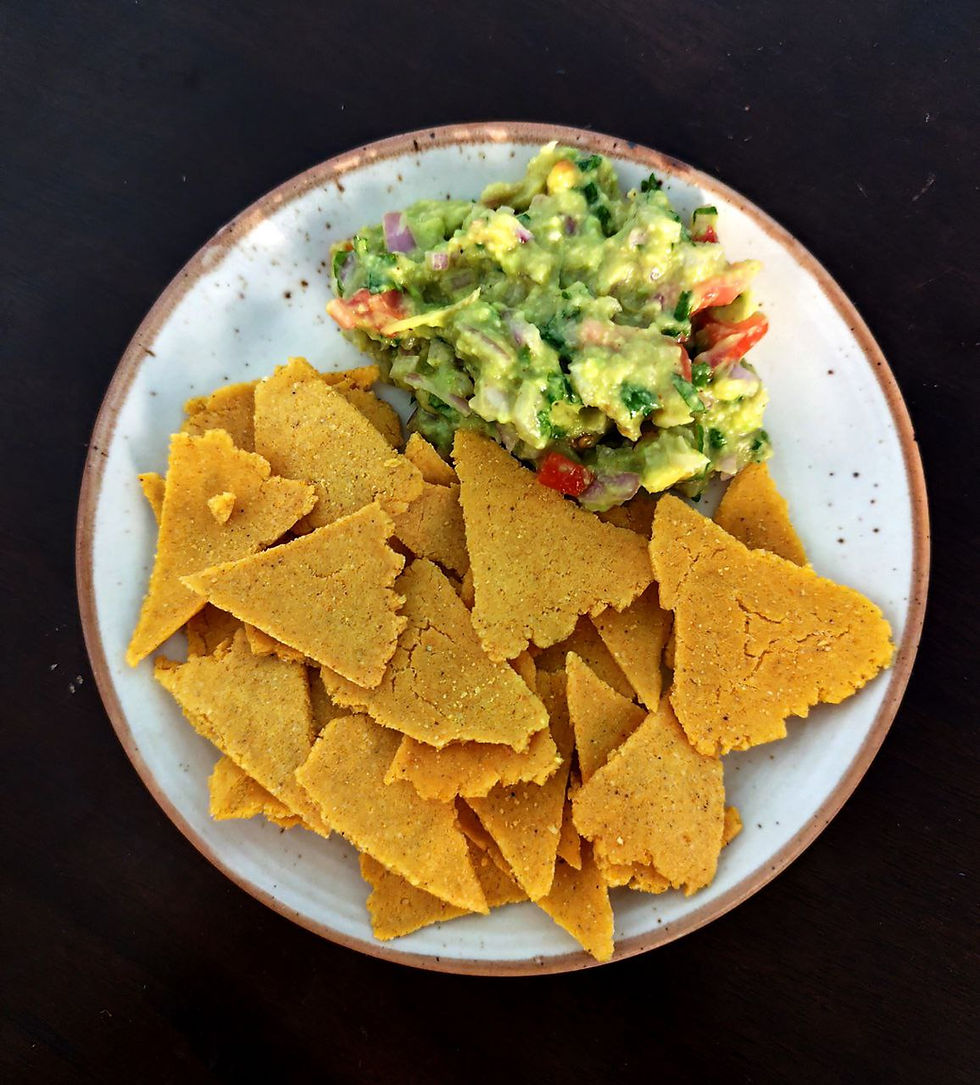A Guide to Understand Food Labels
- Ranjani

- Mar 6, 2023
- 3 min read
Have you ever found yourself staring at a food label, trying to decipher the mysterious numbers and percentages on the back of your favorite snack? Well, you’re not alone. Understanding food labels can be a daunting task, but it’s an essential skill for anyone looking to maintain a healthy diet. In this post, we'll explain what food labels are, how to understand them, and what to look out for and avoid.

What is a Food Label?
A food label is a piece of information provided on the packaging of food products that contain important information information about the nutritional value and ingredients of a particular product, helping consumers to make healthy choices and avoid potential allergens or harmful additives. The Food Safety and Standards Authority of India (FSSAI) requires that all packaged foods have a food label that includes the following information:
Serving Size and number of servings per container
Allergen information
Nutritional information such as calories, fat, carbohydrates, protein, and vitamins and minerals
% Daily Value
Calories
List of Ingredients
Health claims or dietary information
Expiration date

How to Understand Food Labels
Now that we know what food labels are, let's take a look at how to understand them.
Start with the Serving Size:
The serving size is the first piece of information you should look at on a food label. It tells you how much of the product constitutes a serving and how many servings are in the container. This is essential for understanding how many calories and other nutrients you're consuming.
Check the Calories:
Calories provide a measure of how much energy you'll get from a serving of the food. If you're trying to lose weight, it's essential to keep an eye on calorie intake. The calorie count can be found under the "Total Calories" or "Calories per Serving" heading on the food label.
Look at the Nutrients:
The nutrient content is also an important factor to consider when choosing a food product. Nutritional information such as fat, protein, fiber, and carbohydrates can be found on the food label. The percentage of daily values (DV) is also listed to help you understand how much of each nutrient you should aim for in your daily diet. Remember that the recommended daily values for these nutrients will vary based on your age, sex, weight, and activity level.
Check the % Daily Value:
The % Daily Value tells you the percentage of the recommended daily value of each nutrient per serving. A good rule of thumb is to look for foods that have 20% or more of the recommended daily value of a nutrient.
Pay Attention to the Ingredients:
Make sure to read the list of ingredients. The ingredient list is a comprehensive list of all the ingredients in the food product. The ingredients are listed in descending order by weight, meaning the first ingredient is the most prominent in the product. Look for ingredients that you recognize and avoid products with ingredients that you don't understand or can't pronounce. Look out for added sugars, trans fats, and other unhealthy ingredients.







Comments